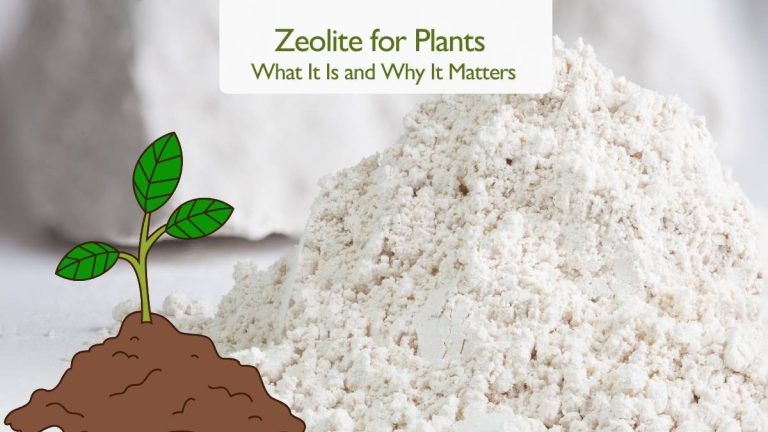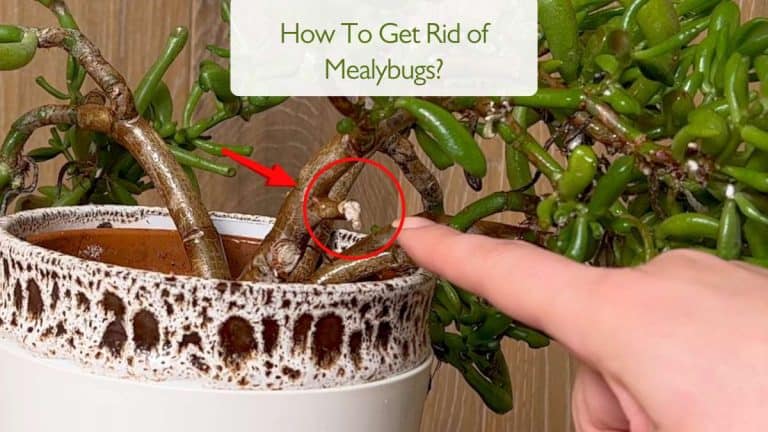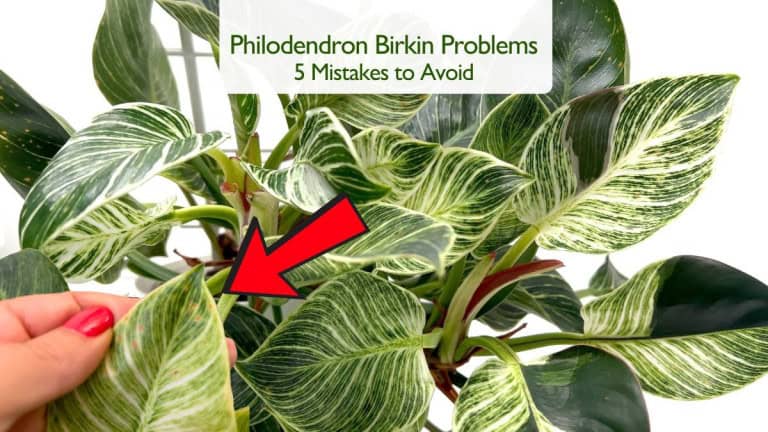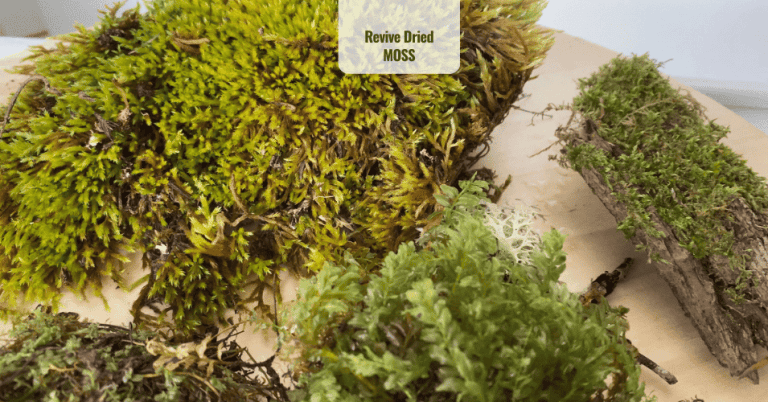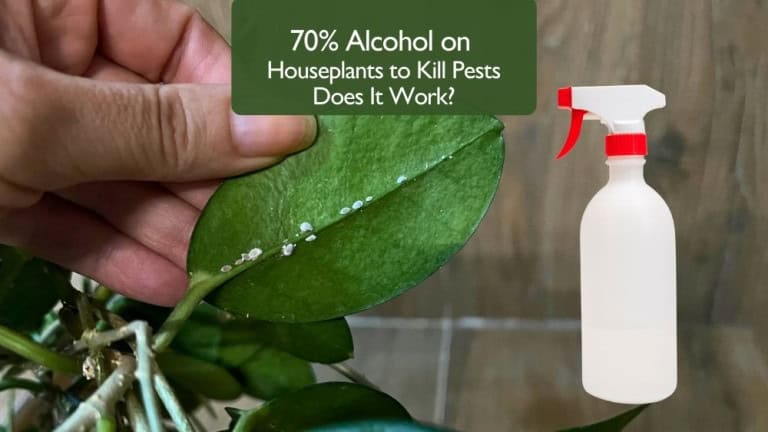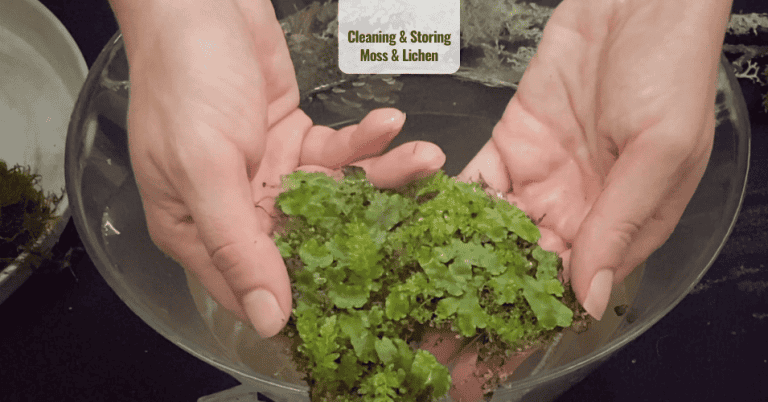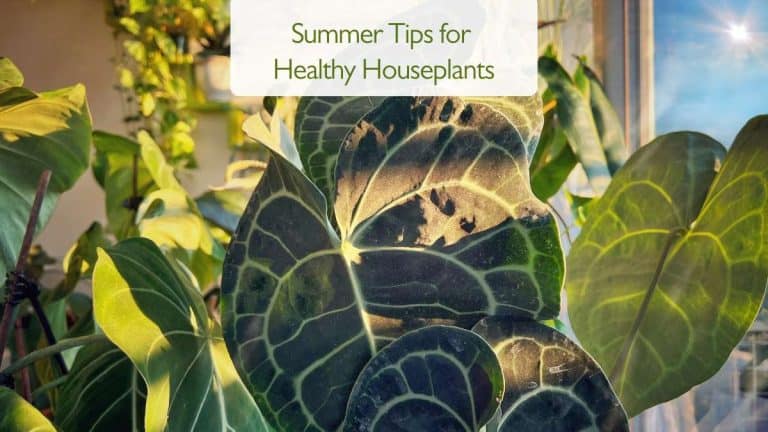Zeolite for Plants: What It Is and Why It Matters
Zeolite for plants is a fascinating natural solution with volcanic origins, formed millions of years ago when lava interacted with alkaline groundwater. What makes it unique is its microporous crystal structure, filled with countless tiny channels and cavities. These natural “molecular sieves” can trap, store, and exchange water and nutrients – making zeolite one of the most effective soil conditioners available.
Unlike fertilizers, zeolite for plants doesn’t feed directly. Instead, it transforms the soil environment: regulating moisture, storing minerals, and creating a balanced foundation where roots can thrive.
Mineral composition of zeolite
The most widely used natural zeolite for plants is clinoptilolite.
Its typical composition includes:
- Silica (SiO₂): 55–65% – strengthens plant cell walls and improves disease resistance.
- Alumina (Al₂O₃): 10–15% – creates the porous framework.
- Calcium (Ca²⁺), Magnesium (Mg²⁺), Potassium (K⁺), Sodium (Na⁺): 10–15% combined – essential nutrients stored in the zeolite structure.
- Trace minerals: iron, manganese, zinc, and copper – important for photosynthesis and enzymatic activity.
This mineral balance makes zeolite for plants not just a soil conditioner, but also a slow-release source of essential nutrients.
Key properties of zeolite for plants

- Cation Exchange Capacity (CEC):
Zeolite for plants acts like a nutrient bank inside the soil. It binds potassium, calcium, magnesium, and ammonium, keeping them available instead of being washed away. Fertilizers work more effectively, and plants enjoy a steady food supply. - Water retention and release:
Its porous channels can hold up to 60% of their weight in water. Zeolite prevents roots from drowning during heavy watering and releases moisture gradually in dry periods. Plants stay hydrated and resilient. - pH buffering:
Zeolite gently balances acidic soils, stabilizing the pH. This ensures nutrients like phosphorus and magnesium remain available for plant uptake, especially in soils stressed by fertilizer overuse. - Detoxification:
Zeolite captures salts, heavy metals, and toxins that could harm roots. This creates a safer root environment in both garden soils and potted plants, reducing stress and fertilizer burn. - Longevity:
Unlike organic matter, zeolite for plants doesn’t decompose. A single application continues working for decades, making it sustainable and cost-effective.
Benefits of zeolite for plants
- Stronger root development
With better aeration and a looser soil structure, roots expand more easily. This allows deeper water access and stronger anchoring, resulting in healthier, more resilient plants. - Greener, shinier leaves
By storing magnesium and potassium, zeolite supports chlorophyll production. Leaves become richer in color, less prone to yellowing, and maintain a natural shine. - Stress resistance
Zeolite for plants balances both water and nutrients in the soil, helping them handle overwatering, drought, or inconsistent care. It reduces stress factors that usually weaken growth. - Improved yields
In gardening, zeolite enhances fertilizer efficiency and prevents nutrient loss. Plants channel more energy into flowering and fruiting, which means bigger harvests and stronger blooms. - Natural pest support
As a fine powder, zeolite can damage and dehydrate pests like aphids, thrips, and spider mites. It offers a safe, non-toxic barrier that supports organic gardening practices.
Zeolite for plants and pests
Besides soil improvement, zeolite for plants can act as a natural helper in pest management. Applied as a fine powder, it damages the insect’s protective layer, absorbs oils and moisture, and causes dehydration. While not a replacement for pesticides, it provides a natural barrier that helps reduce infestations. For houseplants, it’s best used as a top-dress powder. For gardens, it can be dusted directly onto affected leaves.
📌 Related pest solutions you might find useful:
- How to Get Rid of Mealybugs FAST – Safe & Easy Method for Houseplants
- Spider Mites on Houseplants – Causes, Symptoms and Treatments
- Fungus Gnats in Houseplants – How to Get Rid of Them Permanently
Types of zeolite and how they are used
- Clinoptilolite: the most common zeolite for plants – safe, mineral-rich, and highly effective.
- Chabazite and mordenite: used more in animal feed and environmental management.
- Synthetic zeolites: made for industrial use, not recommended for gardening.
Practical uses and dosing tips

For gardening and outdoor plants
- Mix 5–10% zeolite into soil when planting vegetables, fruits, or flowers.
- Spread 0.5–1 kg per m² across lawns for better water and nutrient retention.
- For clay-heavy soil, combine zeolite with compost or sand to improve aeration.
For houseplants
- Add 1–2 tablespoons of zeolite per liter of potting mix.
- Top-dress with a thin layer (0.5–1 cm) to absorb excess salts.
- Once a month, dissolve 1 teaspoon per liter of water and use for watering.
Scientific studies and proven effects
Research shows that zeolite for plants:
- Boosts crop yields by 15–25% when combined with fertilizers.
- Reduces nitrogen leaching by up to 50%, protecting groundwater.
- Increases drought tolerance in crops like tomatoes and peppers.
- Enhances root biomass and chlorophyll levels in houseplants.
This proves zeolite for plants is a scientifically backed tool for sustainable agriculture and indoor plant care.
Why you should care
Zeolite is more than just a mineral; it’s a natural ally for healthy growth and soil balance. Once added to soil, it keeps working for decades – supporting roots, balancing moisture, and protecting against toxins.
Whether you grow vegetables in your garden, flowers on your balcony, or tropical houseplants indoors, zeolite for plants can quietly transform their resilience and growth.
Summary tables
Key properties of zeolite for plants
| Property | What it means for the soil | How it helps the plant |
|---|---|---|
| Cation Exchange Capacity (CEC) | Soil holds onto essential nutrients instead of losing them through leaching. | Roots receive a steady, long-term supply of potassium, calcium, magnesium, and ammonium. |
| Water retention and release | Soil absorbs excess moisture and then slowly gives it back as it dries. | Protects roots from rot, while also preventing drought stress and leaf wilting. |
| pH buffering | Stabilizes acidic soils by gently balancing the pH level. | Keeps nutrients like phosphorus and magnesium available, supporting healthy growth. |
| Detoxification | Absorbs heavy metals, salts, and harmful residues from fertilizers or hard water. | Creates a cleaner, safer root zone, reducing stress and damage to the plant. |
| Longevity | Mineral does not decompose and remains active for decades. | Provides long-term soil improvement and consistent benefits without frequent reapplication. |
Benefits of zeolite for plants – at a glance
| Benefit | What it does | Why it matters for plants |
|---|---|---|
| Stronger root development | Improves soil aeration and creates space for root expansion. | Roots grow deeper and stronger, allowing better access to water and nutrients. |
| Greener, shinier leaves | Stores and gradually releases magnesium and potassium. | Supports chlorophyll production, giving leaves a richer color and healthier look. |
| Stress resistance | Balances soil moisture and nutrient levels. | Reduces damage from overwatering, drought, or inconsistent care. |
| Improved yields | Prevents nutrient leaching and improves fertilizer efficiency. | Leads to more blooms, stronger growth, and bigger harvests. |
| Natural pest support | Fine powder damages and dehydrates soft-bodied insects. | Provides a safe, chemical-free helper against aphids, mites, and thrips. |
FAQ: Zeolite for Plants
Is zeolite safe for plants?
Yes. Natural zeolite, especially clinoptilolite, is safe for both garden crops and houseplants. It doesn’t release harmful substances and works as a soil conditioner by storing water and nutrients.
How do you use zeolite for houseplants?
Mix 1–2 tablespoons of zeolite per liter of potting mix, or add a thin top layer (0.5–1 cm) to absorb excess salts. You can also dissolve 1 teaspoon in 1 liter of water and use it once a month for watering.
Can zeolite replace fertilizer?
No. Zeolite for plants is not a fertilizer but a soil conditioner. It holds nutrients from fertilizers and water, preventing them from leaching away, and then slowly releases them to the roots.
Does zeolite help against pests?
Yes, to some extent. In powdered form, zeolite can dry out and damage pests like aphids, spider mites, and thrips. While not a chemical pesticide, it provides a safe, natural layer of protection.
Scientific references
If you’d like to dive deeper, here are a few scientific papers and resources on zeolite use in agriculture and plant care:
- Scientific references
- Mumpton, F. A. (1999). La roca magica: Uses of natural zeolites in agriculture and industry. Proceedings of the National Academy of Sciences, 96(7), 3463–3470.
👉 Read on PNAS - Leggo, P. J. (2000). An investigation of plant growth in an organo-zeolitic substrate and its ecological significance. Plant and Soil, 219(1/2), 135–146.
👉 Read on SciELO - Rehakova, M., et al. (2004). Agricultural and agrochemical uses of natural zeolite of the clinoptilolite type. Current Opinion in Solid State and Materials Science, 8(6), 397–404.
👉 Read on Elsevier
Have you heard about Electroculture?
It’s one of the safest and most natural ways of stimulating plant growth using atmospheric energy. Curious to learn more? 👉 What Is Electroculture? Science, Benefits & Plant Growth Applications
📌 Next in this series:
👉 Zeolite in gardening and outdoor plants
👉 Zeolite in houseplants
Click here to watch the video on YouTube
Explore More Music for Your Plants & Stay Connected!
Check out my Playlist: Music for Plants and find the perfect tunes to help your plants and yourself thrive.
Don’t forget to visit my YouTube Channel Plant House & Garden and subscribe — your support means the world to me!
Connect with me on social media for more plant care tips and music updates: Instagram | Facebook | X | Pinterest | Reddit | TikTok
Love plants? Love music? Don’t miss out on new updates — hit subscribe and follow now to keep your plants happy and your space vibrant!

